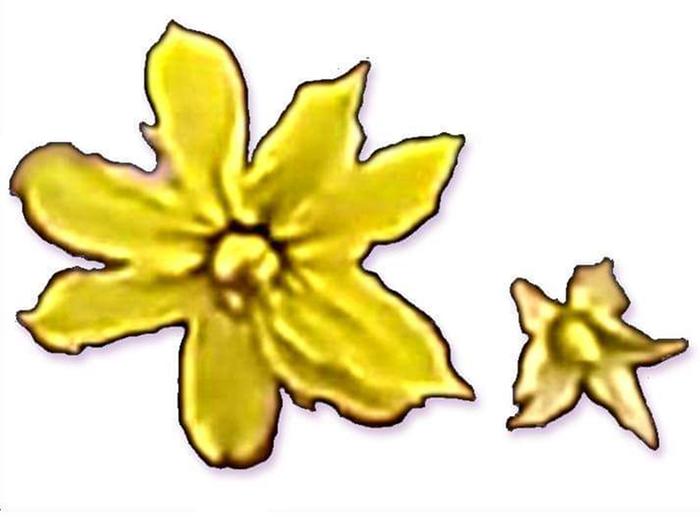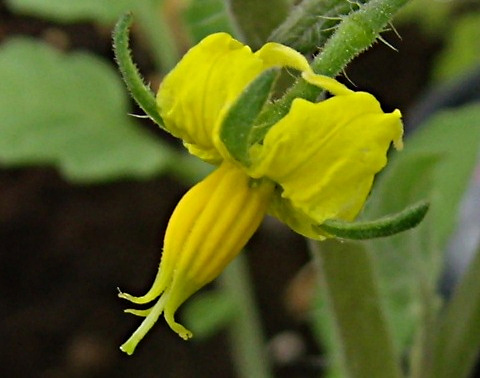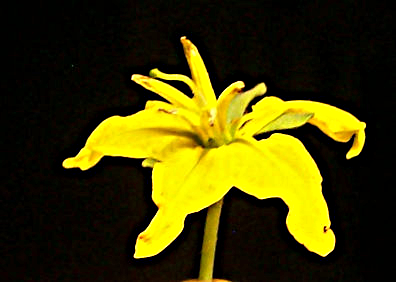




 1
1





 9
9




 1
1




In the south when the wind gets to 75 mph they give it a name and call it a hurricane. Here we call it a mite windy...
 1
1




Western Montana gardener and botanist in zone 6a according to 2012 zone update.
Gardening on lakebed sediments with 7 inch silty clay loam topsoil, 7 inch clay accumulation layer underneath, have added sand in places.




When I introduced promiscuous flowers, and wild genetics into tomatoes, it was an attempt to stop growing tomatoes that suffer from inbreeding depression.
Visit Redhawk's soil series: https://permies.com/wiki/redhawk-soil
How permies.com works: https://permies.com/wiki/34193/permies-works-links-threads

 2
2















Visit Redhawk's soil series: https://permies.com/wiki/redhawk-soil
How permies.com works: https://permies.com/wiki/34193/permies-works-links-threads




In the south when the wind gets to 75 mph they give it a name and call it a hurricane. Here we call it a mite windy...




Joseph Lofthouse wrote:Biology is fuzzy.
“The most important decision we make is whether we believe we live in a friendly or hostile universe.”― Albert Einstein




But also to say that "fuzzy" can be your friend. Breeding and genetic 'accidents' are the raw material of improvement and delight, along with curious observation, for seed saving as clearly Joseph and others here demonstrate.
In the south when the wind gets to 75 mph they give it a name and call it a hurricane. Here we call it a mite windy...
 1
1




Dorothy Pohorelow wrote: ..... a bag of water inside a tomato skin...
“The most important decision we make is whether we believe we live in a friendly or hostile universe.”― Albert Einstein




Jay Angler wrote:
2. Am I likely to find variation in how open tomato flowers are on a single plant or on multiple plants?

 1
1




 1
1




In the south when the wind gets to 75 mph they give it a name and call it a hurricane. Here we call it a mite windy...

|
What could go wrong in a swell place like "The Evil Eye"? Or with this tiny ad?
The new gardening playing cards kickstarter is now live!
https://www.kickstarter.com/projects/paulwheaton/garden-cards
|






